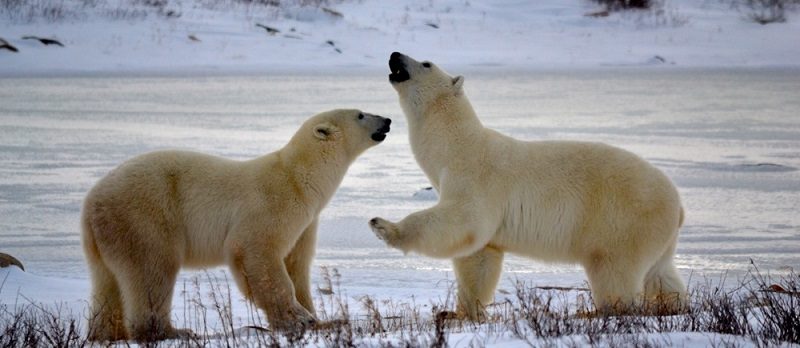
Viewing the magnificent King of the Arctic in its natural environment deservedly shows up on many Wish Lists, and Churchill, Manitoba guarantees the chance to experience the world’s largest concentration of polar bears up close and personal.
On the shore of the vast Hudson Bay and with a year-round (human) population of just 900, the scruffy outpost of Churchill in Canada’s remote north (it’s at the same latitude as Juneau, Alaska) is base camp for this unequaled wildlife event late every fall. Local lodges are modest but the welcome is warm and the Wi-Fi is strong (some eco lodges are located outside of town). And for a tiny town this size, eating options are varied and surprisingly good. There are no paved roads that lead to Churchill, but a small commercial line curiously called Calm Air from Winnipeg makes it easy enough to reach.
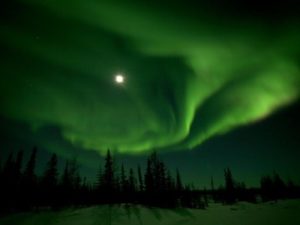
Courtesy of Natural Habitat Adventures
The best time to see the polar bears is mid-October and November, meaning you’re likely to see the Aurora Borealis, the magnificent Northern Lights (the lights can only be seen when the sky is pitch dark and free of ambient light). Our small group witnessed a breathtaking display of the “dancing lights” that is going to be mighty hard to top in this lifetime.
The option of helicoptering above Hudson Bay provided an aerial view of the massive bears (the largest land carnivore in the world, the male weighs in at an average of 1,000 pounds—but can commonly weigh as much as a dozen men). Non-bear related activities included the occasional spotting of the elusive white Arctic fox, and an exhilarating ride along the frozen tundra by dogsled—in the absence of sufficient snow cover, the dog team pulled our sleds especially fitted with wheels while also affording us one-on-one time with the incredibly social dogs and their mushers (drivers) to learn how the dogs are raised and trained.
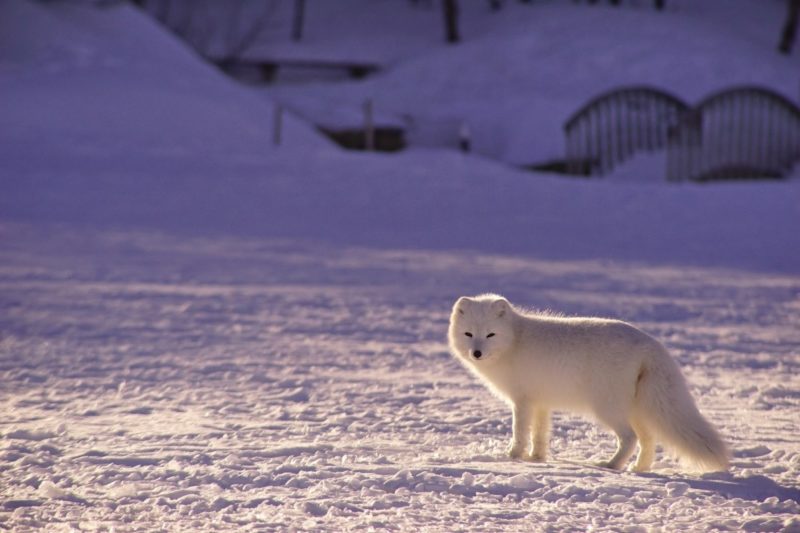
Churchill is known as the Polar Bear Capital of the World for good reason. About 15,000 polar bears are believed to inhabit all of Canada, and about 850 call the area around Churchill home. When the ice melts and the bears are forced back on terra firma and head inland, they generally live a lazy life of conserving energy in a “walking hibernation” during the summer months. When the weather turns cold again in early fall, they start to head to the coastal area in and around Churchill and wait for the shallow waters of Hudson Bay to freeze over. Polar bears are completely dependent on the sea ice for hunting ringed seals, their primary food source. Cubs generally stay with their mother for two to three years, and are sometimes seen heading to the bay to watch for ice floes with their mothers to learn the fine points of foraging and survival.
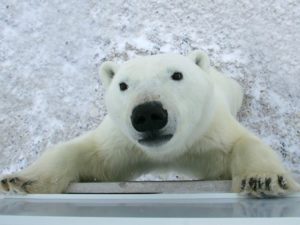
Courtesy of Natural Habitat Adventures
We have all heard how recent studies predict that global warming could melt enough sea ice to lead to the disappearance of one-third of the polar bear population by 2050. The decline in the ice forces the bears to swim longer—sometimes much longer—distances, consuming energy they cannot afford to use. The United States listed polar bears as a threatened species in 2008. Who knows exactly how climate change will impact the future of the polar bear? What we do know is this: There is no better time than the present to experience this amazing migration.
I traveled to Churchill with US-based Natural Habitat Adventures, one of only two polar bear tour operators working in Churchill with exclusive permits to access the full range of the Churchill Wildlife Management Area (WMA) where the best—and often only—polar bear observation occurs. Their custom-created tundra vehicles called Polar Rovers can approach the bears at close range without disturbing them (we would sometimes park and wait for them to curiously approach us), offering a chance to enjoy an incredibly moving wildlife experience either from the spacious and heated confines of the vehicle or standing on its elevated outdoor platform in the rear. A nature tour is only as good as the guide, and Nat Hab boasts the finest and most experienced.
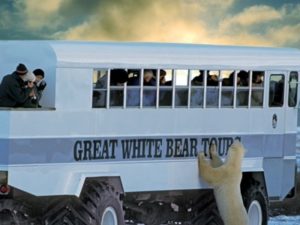
Courtesy of Natural Habitat Adventures
The World Wildlife Fund (WWF), the world’s leading environmental conservation organization, has named Natural Habitat as its conservation travel partner, a designation that speaks volumes. Natural Habitat Adventures is the world’s first carbon-neutral travel company, and they guarantee that the emissions from their trips are 100% carbon-offset—a feature that is particularly important considering that polar bears face a substantial threat from a warming planet.
And don’t forget to check out the book!
 About the Book:
About the Book:
The world’s bestselling travel book is back in a more informative, more experiential, more budget-friendly full-color edition. A #1 New York Times bestseller, 1,000 Places reinvented the idea of travel book as both wish list and practical guide. As Newsweek wrote, it “tells you what’s beautiful, what’s fun, and what’s just unforgettable—everywhere on earth.” And now the best is better. There are 600 full-color photographs. Over 200 entirely new entries, including visits to 28 countries like Lebanon, Croatia, Estonia, and Nicaragua, that were not in the original edition. There is an emphasis on experiences: an entry covers not just Positano or Ravello, but the full 30-mile stretch along the Amalfi Coast.
Every entry from the original edition has been readdressed, rewritten, and made fuller, with more suggestions for places to stay, restaurants to visit, and festivals to check out. And throughout, the book is more budget-conscious, with starred restaurants and historic hotels such as the Ritz, but also moderately priced gems that don’t compromise on atmosphere or charm.
The world is calling. Time to answer.
Buy the Book
Amazon | B&N | Indiebound | Workman

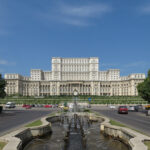



No Comments